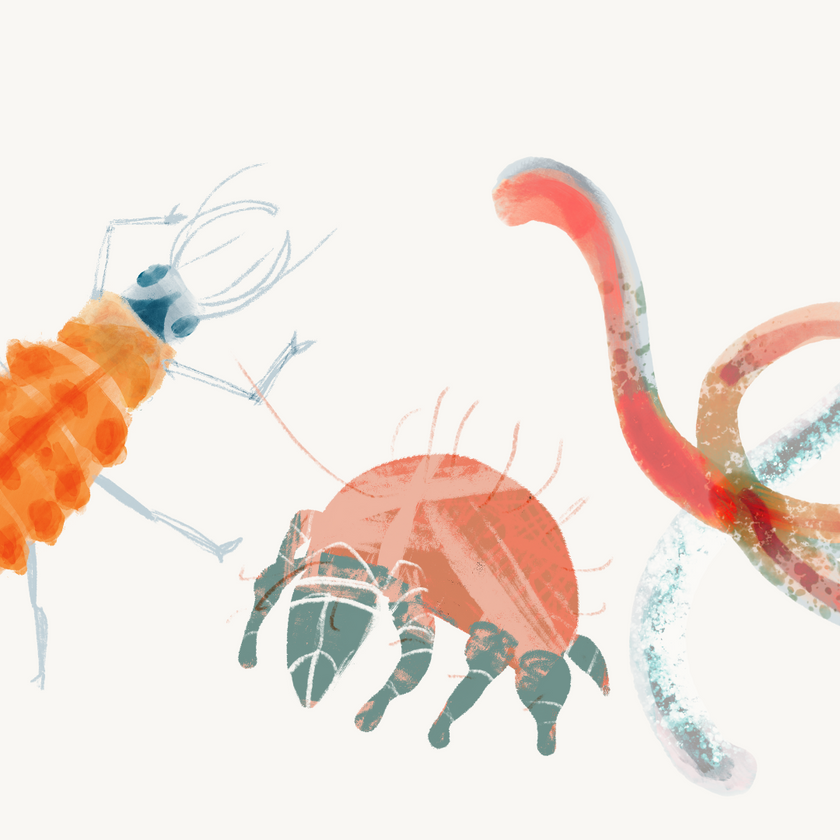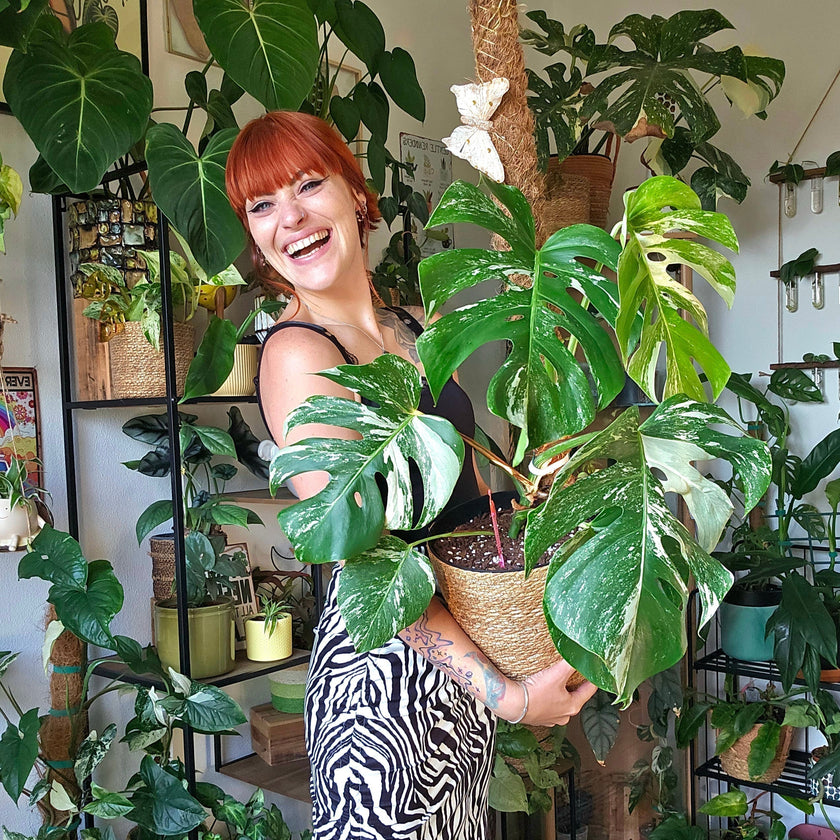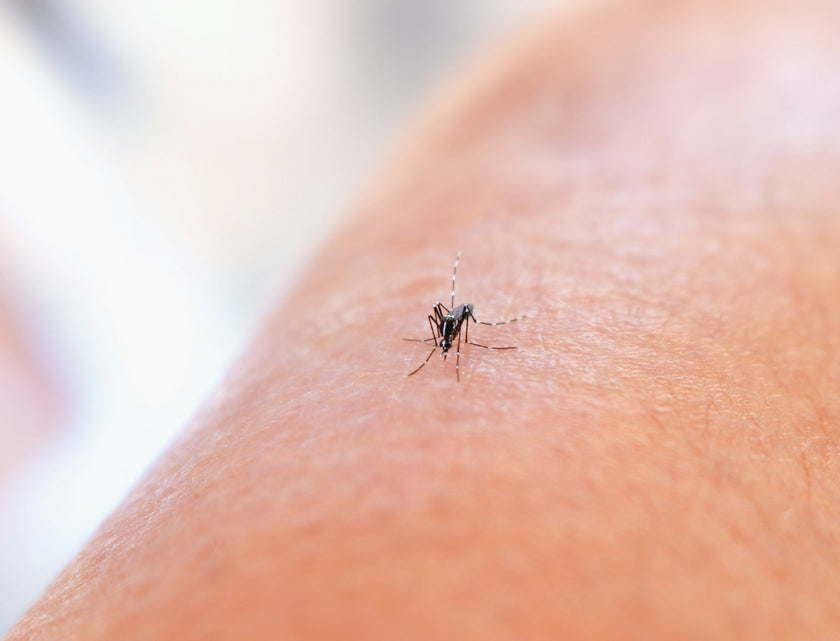Whether you have the most perfectly mowed lawn in the neighborhood or a lush, biodiverse garden where insects happily buzz around, there are always bare or yellow spots where the grass won't grow. But how do these places actually arise? And more importantly, how can you tackle them? Furthermore, what role do birds play in this?
Yellow and bare spots in the lawn
What is an eyesore for many people are yellow or bare spots in the lawn. Sometimes the neighbor's cat peeing is blamed for this, other times the neighbor's dog. However, the actual cause is much closer! Under the turf there are voracious insect larvae that are not immediately visible, but do have clear consequences. The vast majority of these larvae are grubs or leatherjackets.
What are grubs and leatherjackets?
Grubs and leatherjackets are collective names for different types of larvae of a large group of beetles (grubs) and crane flies (leathers). Among the beetle larvae in the Netherlands we mainly deal with the cockchafer, the June beetle and the rose beetle. As far as crane flies are concerned, we mainly encounter the meadow crane fly and the cabbage crane fly. The different types of grubs are difficult to distinguish from each other, just like the two types of leatherjackets. Fortunately, distinguishing between the different species is not necessary for controlling the larvae.
How do you recognize grubs and leatherjackets?
Both grubs and leatherjackets are larvae that live underground. It can be difficult to tell them apart, but fortunately there are clear characteristics you can look for to identify them.The leatherjacket can grow up to 5 centimeters in size and is gray-brown in color. A clear characteristic is that these larvae have no clear front or back and also have no legs. During the day the larvae remain hidden, but at night they gnaw the green parts of plants, usually as close to the ground as possible. This feeding method can seriously damage the plant, causing everything above the damaged areas to die, causing bare spots in the grass. In addition to grass, leatherjackets also prefer young plants in vegetable garden containers, such as lettuce.
The grub can grow up to 4 centimeters and is white with a reddish-brown head. Unlike the leatherjacket, the grub has visible legs. Additionally, the grub typically curls up into a "C" shape when you pick it up. The grubs first feed on available organic material, but over time switch to eating plant roots. When they start feeding on this en masse, the grass above the ground dies, resulting in yellow or bare spots in the lawn.
Although you can get an idea of whether you are dealing with a grub or a leatherjacket based on the damage, it is better to actually look for them and observe them. Below we have an image showing the most noticeable differences between the two.






















































